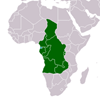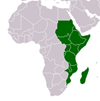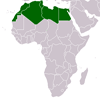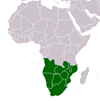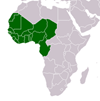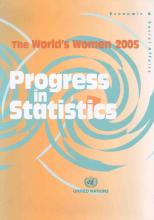The World's Women 2005: Progress in Statistics
The World's Women 2005: Progress in Statistics
In accordance with the Beijing Platform for Action, adopted at the Fourth World Conference of Women in 1995, the United Nations prepares a new issue The World's Women at regular five-year intervals and distributes it widely. The first issue was published in 1991, and the current one, The World Women 2005: Progress in Statistics, is the fourth in the series. During the 10 years since the adoption of the Beijing Platform for Action, there has been an increasing demand for sex-disaggregated data and statistical information that adequately reflect the situation of women and men in all aspects of their life. The Platform put gender equality firmly on the policy agenda and laid out the actions required from all stakeholders to improve gender statistics in order to measure and monitor progress towards the achievement of the goals of the Platform. To monitor progress in gender equality and the advancement of women and to guide policy, it is crucial that reliable and timely statistics be available. Yet official national data on basic demographic and social topics for gender analysis are at times deficient or unavailable. Consequently, much of the trend analysis in the previous editions of The World's Women published in 1991, 1995 and 2000 either limited coverage to countries that had reasonable good data over time or relied on national and regional estimates prepared by the international statistical system. The direction and focus of The World's Women 2005: Progress in Statistics is on the state of national statistics useful for addressing gender concerns. That focus is necessary in order to know the extent to which official national statistics, as differentiated from internationally prepared estimates, are available to address various gender concerns. The report reviews the current availability of data and assesses progress made in the provision of gender statistics during the past 30 years. It also identifies areas, such as violence against women, power and decision-making and human rights, where statistics are particularly difficult to obtain owing to their nature or to a lack of well-defined and established concepts, definitions and/or methods of data collection. In addition, it offers suggestions for a way forward in building national statistical capacity, mainstreaming gender statistics and developing and refining concepts and methods relevant to the production of gender statistics. The fourth edition of The World's Women therefore takes a some what different track from its predecessors, looking at progress rather than trends in statistics. As in the three previous editions of The World's Women, non-technical language has been used to make the publication accessible to a large audience and respond to the needs of different users, including policy makers, non-governmental organizations, researchers, academics and gender specialists.
CITATION: United Nations (UN). The World's Women 2005: Progress in Statistics . New York : UN , 2006. - Available at: https://library.au.int/frworlds-women-2005-progress-statistics-3

